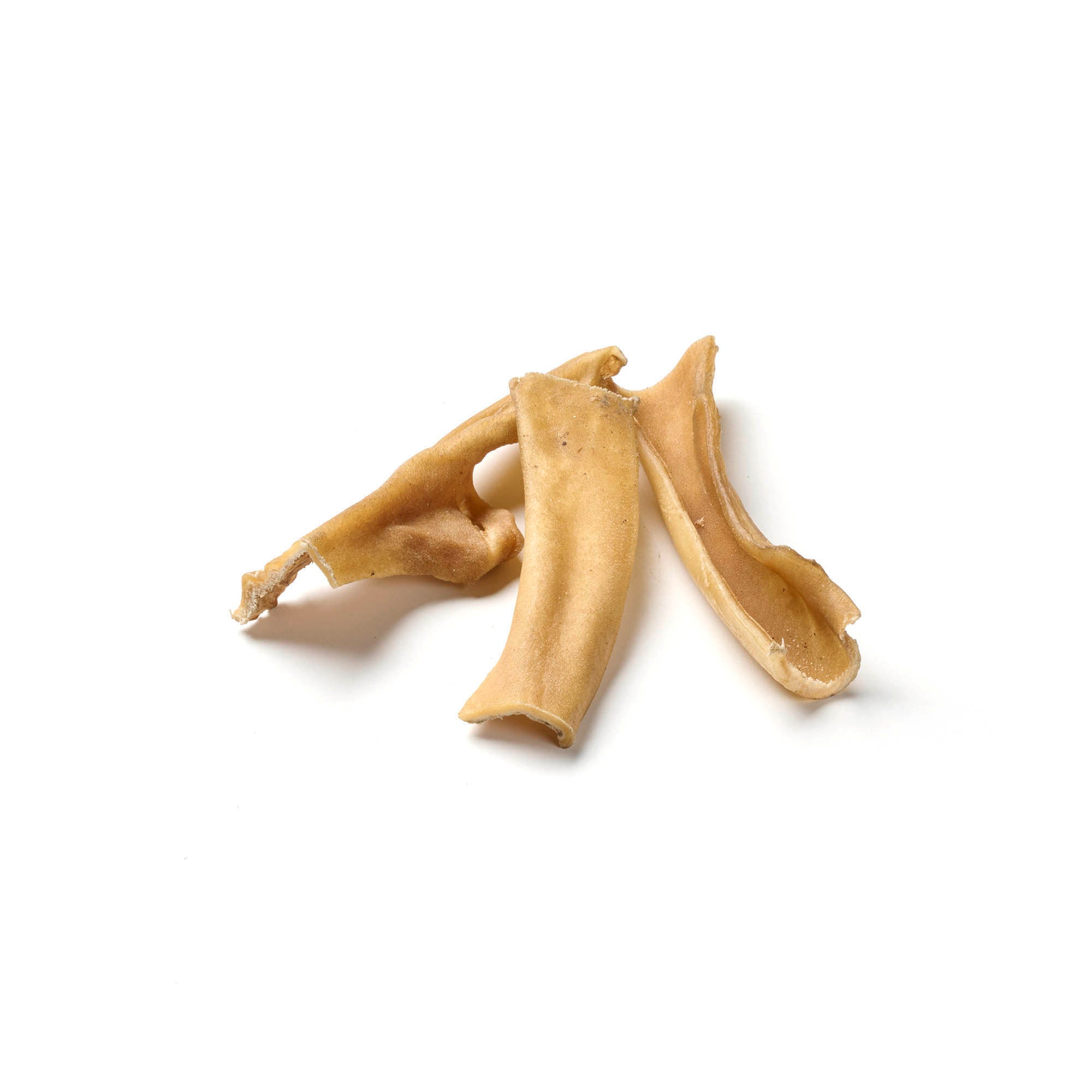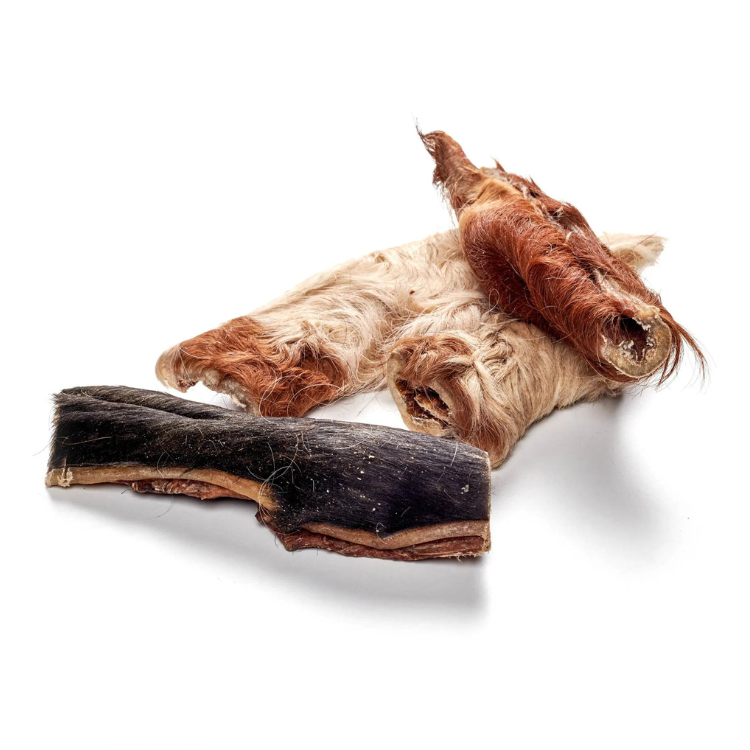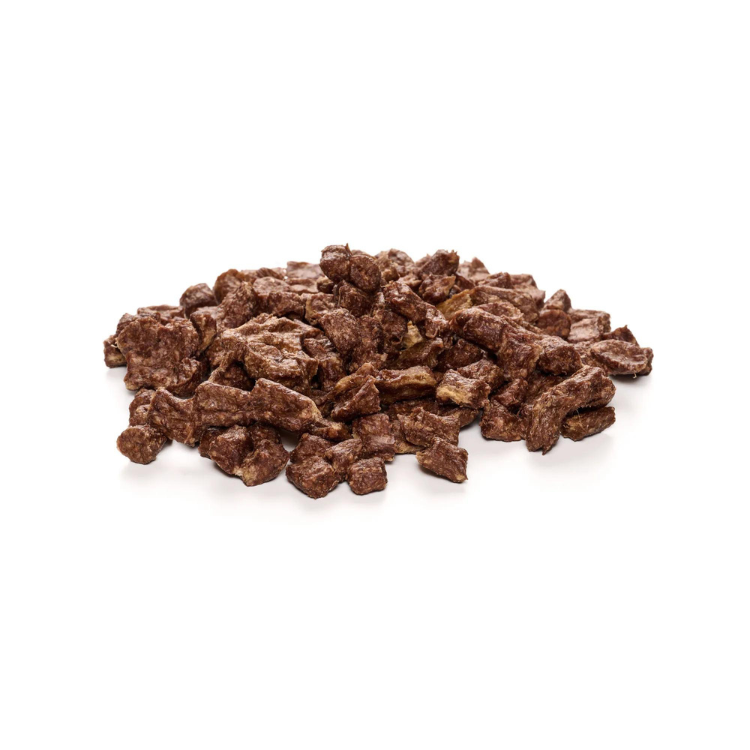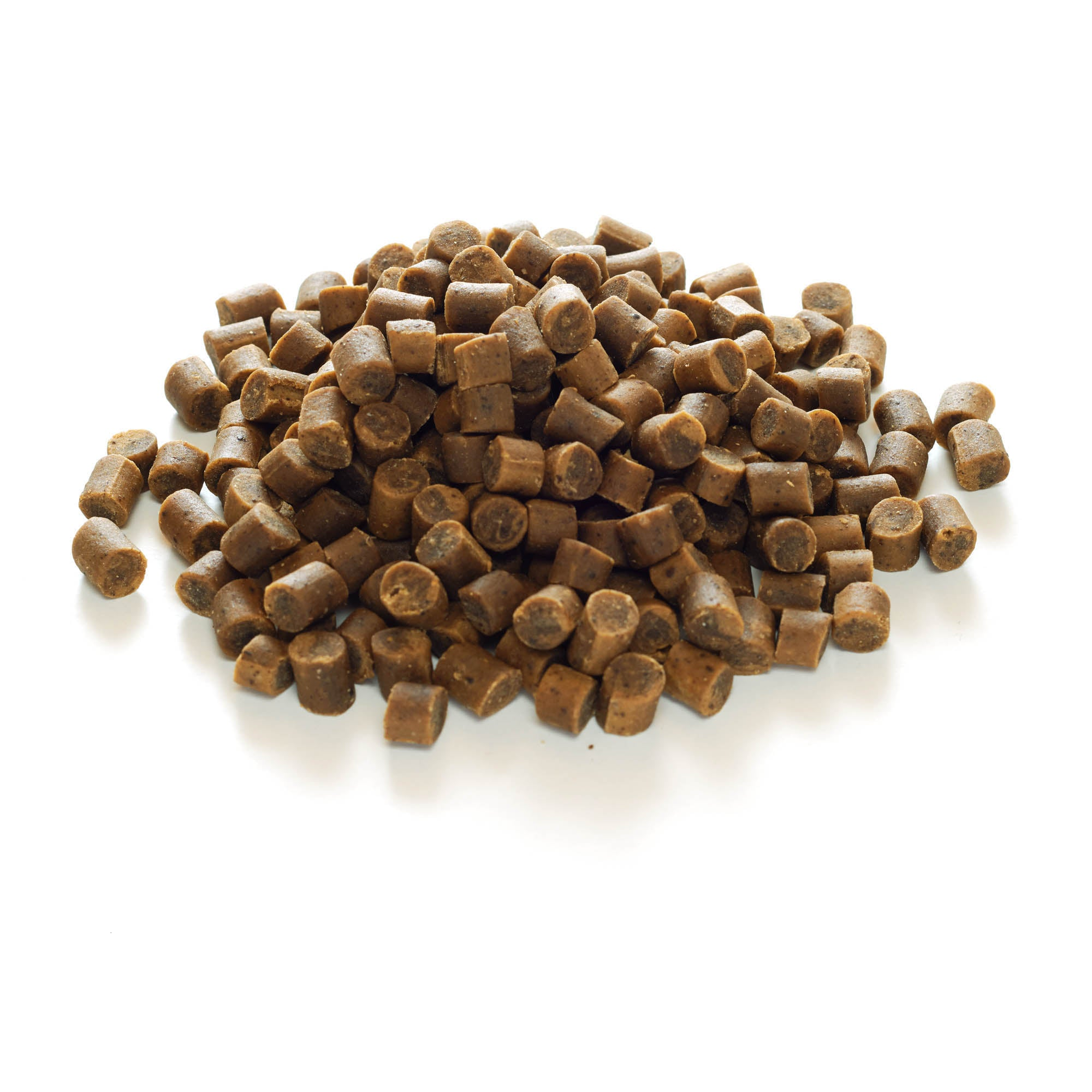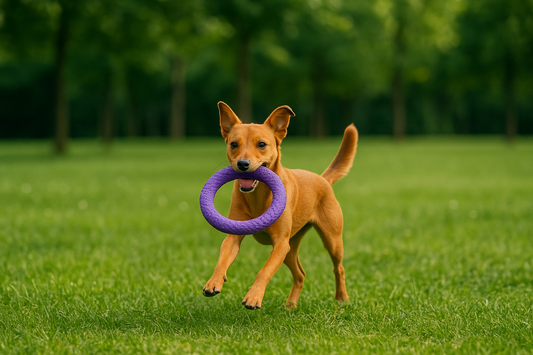
Rabies in dogs: What you need to know as a dog owner
Share
Rabies - a disease that is almost impossible to beat in terms of its danger and affects not only wild and domestic animals, but also humans. In dogs, the infection is caused by a virus that attacks the central nervous system and leads to serious neurological symptoms. The tricky thing is that an outbreak is almost always fatal. It is therefore all the more important to be well informed and to know which transmission routes and preventive measures are available. This article provides a comprehensive guide to all the important aspects of rabies. In addition to prevention tips, the focus is also on useful chews that strengthen the immune system - and thus protect a dog's life that should be long, healthy and happy.
Content: Rabies in dogs
- What is rabies?
- Causes and transmission routes of rabies
- Recognizing symptoms of rabies in dogs
- Diagnosis and treatment options
- Prevention of Rabies – Vaccination and Preventive Measures
- Chews to strengthen dog health
- Frequently Asked Questions about Rabies in Dogs
- Conclusion
Make your dog happy with our tasty chews!
What is rabies?
Rabies is an infectious disease transmitted by the rabies virus that attacks the nervous system. The disease can infect both animals and humans and is almost always fatal once symptoms appear. As a zoonosis, rabies is transmitted from animals to humans, a fact that further increases its relevance for human and animal health. Intensive vaccination programs have brought the disease under control in many parts of the world - especially in Europe and North America.
However, there are still regions where the risk remains, particularly in countries without comprehensive vaccination programs or in areas with high wild animal populations. Here, the risk for pets, including dogs, is significantly increased, especially if there is regular contact with wild animals.
Make your dog happy with our tasty chews!
Causes and transmission routes of rabies
How is rabies transmitted?
The virus is usually spread through bites from infected animals, as it is in the saliva and thus enters the bloodstream. Foxes, raccoons, bats and coyotes are among the most common carriers. These animals are often found in wooded and rural areas, where dogs also like to stay. After infection, the virus travels quickly through the nervous system and reaches the brain, where it has its devastating effect.
A bite is the most common method of transmission, but the virus can also enter the body through scratches or mucous membrane contact - although this is rare. Unsecured dogs that run free and encounter wild animals are therefore a particularly vulnerable group, and increased caution is the best protective measure here.
Vulnerable animals and regions
Not all animals are equally sensitive to the rabies virus. While dogs and cats are particularly susceptible, some wild animals such as bats and foxes are among the main vectors. In areas with large wildlife populations or countries with less strict rabies controls, the risk of infection remains high.
Some countries in Europe and North America have been able to virtually eliminate the virus through extensive vaccination programs, so cases in pets are rare. In other regions, such as parts of Asia and Africa, rabies is still widespread. Dog owners who travel to such regions or live in areas with high rabies rates should be particularly careful.
Recognizing symptoms of rabies in dogs
Early symptoms
In the early stages, rabies infection is often difficult to detect because the symptoms are non-specific. Affected dogs often show behavioral changes that are easy to overlook: they may appear nervous, unusually anxious or easily irritated. Some dogs start to lick excessively or respond less to commands.
Loss of appetite and lethargy can also be signs. These non-specific signs make it difficult to recognize rabies immediately at the beginning. However, if the dog has been in contact with a wild animal or has been bitten, it is particularly important to pay close attention to these initial symptoms. Quick action can be crucial in this phase to prevent the spread of the disease and to protect the environment.
Advanced symptoms
In the advanced stage, rabies manifests itself with serious neurological symptoms that are clearly unmistakable. Characteristic symptoms include excessive salivation, aggressive behavior, and a high sensitivity to light and noise. An infected dog can become unpredictable and suddenly attack people or animals. In this phase, the so-called "biting rage" often occurs - the dog bites objects or living creatures for seemingly no reason.
In the final stages, paralysis and a progressive loss of control over the body usually occur. This progression shows how important it is to act early and, above all, to prevent the disease, as treatment is no longer possible in the advanced stages.
Diagnosis and treatment options
diagnostic procedures at the veterinarian
Diagnosing rabies is complicated because the symptoms often appear late. If infection is suspected - for example after a bite from a wild animal - an immediate visit to the vet is essential. There, a more detailed examination can be carried out using behavioral tests and, if necessary, the removal of brain tissue. However, since rabies is often only diagnosed with certainty post-mortem, early detection remains difficult.
However, in areas at risk, the veterinarian may suggest precautionary measures, especially if the animal has not yet been vaccinated or may have come into contact with potential carriers. Such a preventive approach helps to minimize the risk of infection while protecting the dog's environment.
Treatment options and prognosis
Unfortunately, there is no cure for rabies. Once infected, the disease is almost always fatal. Therefore, the focus is on prevention through effective vaccination. Often the only option is to euthanize an infected animal to stop the virus from spreading - a difficult decision, but one that is for everyone's safety. Rabies vaccination is therefore the most important measure to provide dogs with effective protection. Regular booster shots ensure that immunity is maintained and help to contain the spread of the virus in the long term.
Prevention of Rabies – Vaccination and Preventive Measures
vaccinations against rabies
The rabies vaccination is one of the essential protective measures for dogs and is required by law in many countries. It protects the dog from a fatal infection and helps to break the chain of infection so that the human population is also protected. The first vaccination is usually given when the dog is a puppy, often in combination with other basic vaccinations.
Regular boosters are then required, with intervals varying depending on the vaccine and the veterinarian's recommendations. Some vaccines provide protection for several years, others require annual re-vaccination. However, the vaccination is only fully effective if the intervals are adhered to. A single encounter with an infected animal can lead to infection, which is why dogs that rarely travel to high-risk areas should also be vaccinated.
Preventive measures in everyday life
In addition to vaccination, there are other everyday measures that can be taken to reduce the risk of infection. It is particularly effective to keep the dog on a leash when walking and to avoid contact with wild animals. Increased caution is particularly necessary in rural and wooded areas. After trips into nature, it is advisable to check the dog thoroughly and watch for possible bite wounds or unusual behavior. A routine inspection after walks is a simple but effective measure to promote the health and safety of the dog and to further minimize the risk of rabies infection.
Chews to strengthen dog health
Healthy nutrition as a basis
A strong immune system is the best protection against disease. High-quality chews provide important nutrients and support a balanced diet - a basis that strengthens the immune system. Beef ears , dried tripe and other natural products provide proteins, vitamins and minerals that make the dog more resistant to infections. A dog that regularly enjoys nutrient-rich chews remains vital overall and more robust against disease.
Here are three chews that naturally support your dog’s immune system:
Beef tripe: Beef tripe is rich in natural probiotics and enzymes that promote intestinal health. Since a large part of the immune system is located in the intestines, tripe helps to strengthen the immune system and support digestion. It also contains valuable vitamins and minerals that contribute to the dog's general vitality.Natural chews for teeth cleaning
Dental health has a major impact on a dog's general immune system. Inflammation and dental problems put a strain on the body and weaken the immune system. Natural chews such as cow's ears, oxtails or chewing roots promote dental health in a gentle way by reducing plaque and tartar . Even though chewing is a calming activity, it also helps to keep the dog's teeth healthy.
Bring joy to your dog's day with our treats!
Frequently Asked Questions about Rabies in Dogs
Can a dog become ill despite being vaccinated?
A rabies vaccination offers a high level of protection, but in very rare cases a dog can still become infected. However, the vaccination is usually extremely effective because it produces a strong immune response that fights the virus.
What to do if you come into contact with wild animals?
If the dog has had contact with a wild animal, it is important to check for injuries. Even without visible wounds, a visit to the vet may be advisable, especially in high-risk areas.
Is rabies dangerous for humans?
Rabies is a zoonosis and can be transmitted to humans. Animal keepers and travelers to rabies areas in particular need to be careful. Protection through vaccinations is crucial to minimize the risk of infection.
Conclusion
Rabies is a serious disease that affects dogs and humans alike and therefore requires special care. Regular rabies vaccination is the most important protection to provide dogs with safe and effective protection. But caution in everyday life remains just as important: contact with wild animals should be avoided and walks in high-risk areas require special attention.
In addition to vaccination, a strong immune system contributes to general resistance, and high-quality chews can support this. Products such as beef tripe and natural chews promote the immune system and at the same time ensure healthy teeth and well-being. A well-protected and healthy dog is a safe companion that stays healthy and vital for a long time - for the benefit of the dog and its environment.
Delicious dog snacks for pure enjoyment are available from us!

